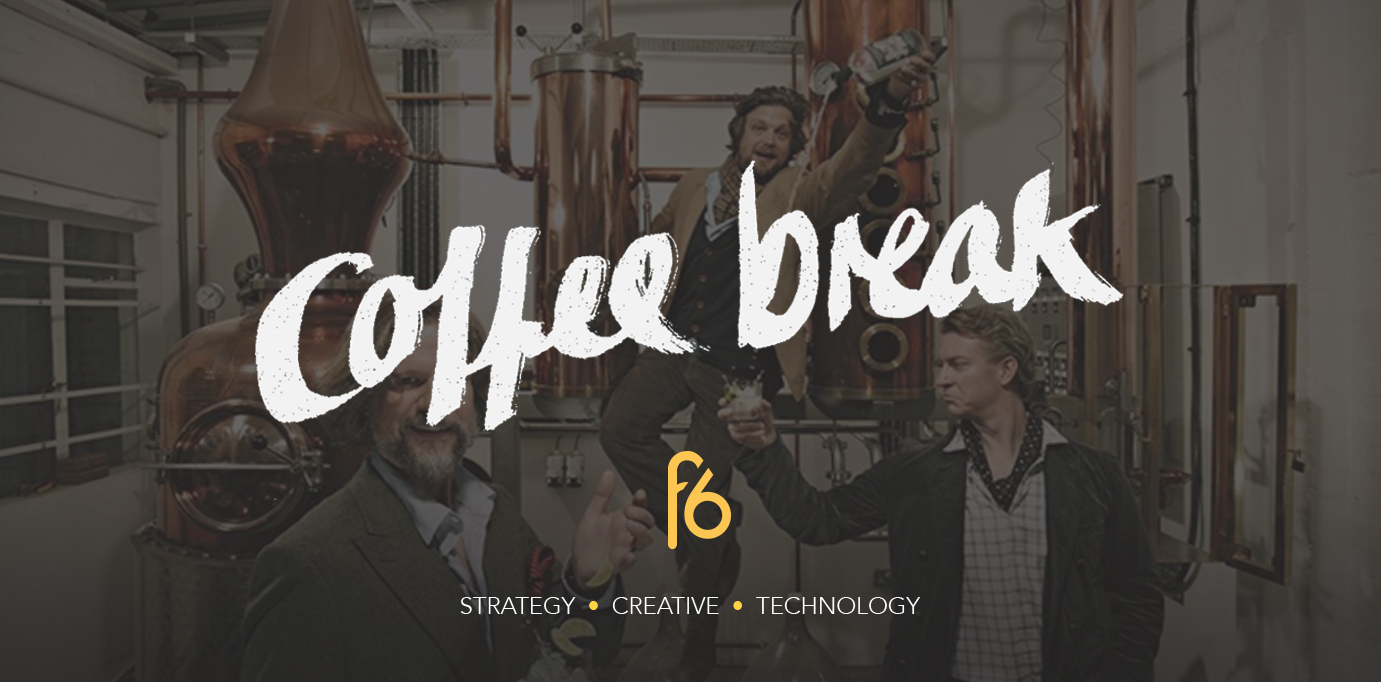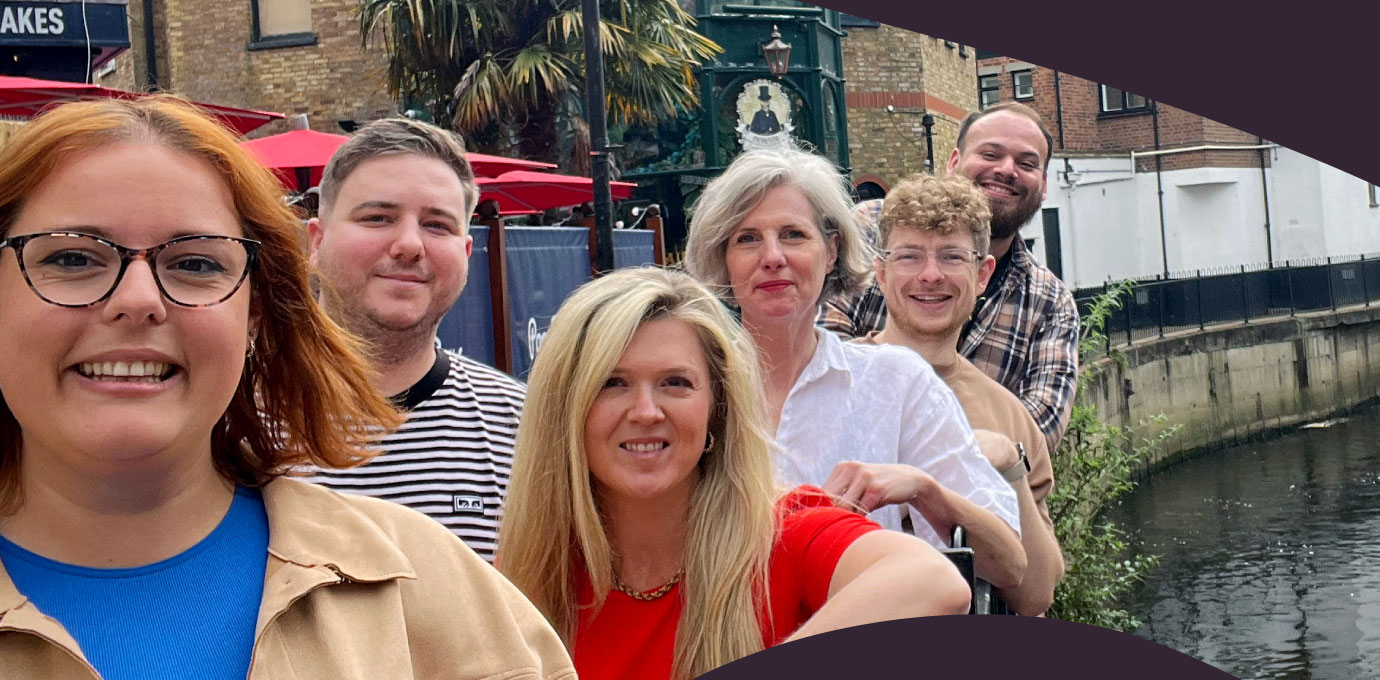Happy Friday! This week our Creative Strategist explains why tactics that pull your audience to your brand might work better than pushing yourself in front of them.
With the rise in popularity of adblockers and big brands like Pepsi making tragic marketing slip ups, advertising isn’t having the easiest of times right now.
It’s worth noting that advertising is only expensive if it doesn’t work, but traditionally it’s often reserved for the big players in the brand world—the ones who have the big budgets and extensive resources to match. So, with a lot of advertising leaving a bad taste in consumers mouths and the field dominated by the big brands, where’s best to invest your marketing resources?
Do more with less
Traditionally in advertising, we look to place ourselves in front of consumers. But, if we don’t have the budget to go outwards, why not invert the whole concept of advertising and instead look at methods that build a strong brand that pulls consumers into where we are?
Invertising is the idea that internal workings of the business—culture, customs, activities, the working environment, the people, even the tools you use to create your product—have a large influence on brand identity and how it’s perceived by consumers. Therefore, if channeled in the right way, these can be used as a powerful form of marketing that relies on the creation of an honest brand. Furthermore, nurturing any external brand communications by reflecting these internal workings further pulls consumers in through a sense of honesty and authenticity.
Internal authenticity = external authenticity
Sipsmith adopted this tactic of invertising when they spent their entire marketing budget not on advertising, but on their distillery.
Reflecting a sense of craft, the brand’s traditional (and instagram worthy) copper distillery helped to position the brand as something more authentic than those who brewed their alcohol in a clinical factory. Opening their doors to people for viewings and tastings has helped to further pull people into the brand, giving them an experience that would be hard to match with traditional advertising methods. Sure, your advert might be reaching more people, but how many of them are Instagramming it for all their friends to see?
With the knowledge that the brand doesn’t just portray the image of craft with its label and adverts—but actually lives and breathes it—the brand has managed to stake a much firmer foothold with consumers in the alcohol industry, achieving something that Pepsi was trying to do with its advert, and for a much smaller budget!
Authenticity breeds brand ambassadors
The ideas of authenticity and experience have become an increasingly popular tactic in marketing for a number of reasons, but what’s most powerful about the invertising tactic is that it not only impacts consumers, but has a direct influence on employees, encouraging both groups to become brand ambassadors.
Overall, invertising is all about aligning what goes on in the business with what you put out there—pull and the rest will follow.
You can read more about marketing tactics that pull rather than push here.


